Welcome to Revisiting Disney! Today, we’re looking at that fascinating and fantastical piece of film, Fantasia! This is not your typical Disney animated film, so this is not going to be a typical review. Since there is no overarching plot, source material or lessons learned, I’m going to shake things up a bit.
We’re going to start with the Background but then move into a stream-of-conscious section, notes taken as I watch the film. After that, we’ll move into the Music, Animation, History, and Does It Hold Up? sections. This may cause this review to run a little long like the film did. Next week, we’ll go back to the regular set up and stay that way until Fantasia 2000 (but that’s going to be a while; we’re only in 1940). Final note: as usual, if you have any thoughts, burning or otherwise, please share in the comments!
BACKGROUND
Fantasia is unique in that it is what has been called a concert film. There is no overarching plot, but it rather feels like the early Disney “Silly Symphonies,” just compiled into one longer piece. Originally, Disney had wanted to incorporate smells into the experience, but that proved to be too complex of an idea to actually execute.
Adrian Bailey says that “the Disney films of the late 1930s and early 1940s can be compared to a naval broadside, where all the big guns are discharged at once,” referring to Snow White, Pinocchio, Fantasia, and in some ways to Dumbo and Bambi (Bailey 1982: 152).
Referencing the way the first three films are still remembered as greats of the genre, he mentions that Snow White will be remembered for “its charm and whimsy…Pinocchio as the supreme example of the art of the animated cartoon… (and) Fantasia may be remembered for its innovation and audacity…” which leads into his calling Fantasia “Disney’s most controversial film,” a title that is well deserved (Bailey 1982: 132).
Fantasia was a risk; a risk made up of seven musical pieces, each animated by a different team of animators, something new and exciting. Because of this, each piece has a different feel to it and the film looks more like seven different Silly Symphonies put together than a single movie. By adding a narrator for the introductions (Deems Taylor, a musical commentator for the radio broadcasts of the Metropolitan Opera filled that role), the film was given a cohesive feeling despite that.
RELATED: Revisiting Disney: Pinocchio
AS I WATCH
I love the way that the film opens with the orchestra warming up, it gives the feeling that you are actually in a concert hall. I gather from the opening introduction by Deems Taylor that this was the intent, and I adore the way it plays out.
Toccata and Fugue in D Minor
As a kid, I always hated the opening number, because I wanted to get to the Nutcracker Suite and Rite of Spring (from there, it was all my favorites), but the Toccata and Fugue in D Minor really strikes me as an adult as beautiful in its simplistic nature; the way it focuses at first on the musicians in various colors before moving to more abstract art that still mimics or calls to mind the various instruments that are playing is something that I find much more interesting now. What can I say? I liked the dinosaurs and fish more than the abstract art as a kid.
Regardless, the opening number is a beautiful piece that makes me wonder how much time it must have taken to get the animation in perfect synch with the music. This was followed by the thought that this must have been an incredibly expensive film (my later research concurs. It was very expensive). So far, I’d say it was worth it.
The Nutcracker Suite
As a kid, I always loved this part of the film because of the fact that there were fairies, fish and dancing plants (hey, I was a five-year-old girl). During this rewatch, I find myself enjoying the way the Disney animators used the different movements to represent the change in seasons, as well as how they tie the various movements together (although I am still a fan of the scenes showing dancing produce). I also never thought about the fact that Disney was given these plants such distinct personalities.
I thought this might change, but the Dance of the Candy Canes, with the dancing thistles in a kick line and their flower partners, is still my favorite part; hands down. It is a fun, upbeat and brilliantly animated piece (to me).
From there, the piece moves into fall, and then to winter (both of which were, at different times, my favorite movement though I usually went back to the Dance of the Candy Canes). I also love how the animators took inspiration from ballet (which is fitting, since this is a ballet).
The Sorcerer’s Apprentice
As a kid, I hated getting in trouble, so even though Mickey Mouse was in this piece and I loved him, this was never my favorite number. It does feature some of my favorite Disney animation though.
This piece reminds me a lot of the Disney shorts, particularly the Silly Symphonies or the pieces that make up Melody Time or Make Mine Music (which we’ll come back to soon).
I’m also struck by how perfect this piece is for the animation. I know it was composed for this story and the Disney animators were at the top of their game, having just finished Pinocchio, but every slight movement by any character or object has a musical counterpart or buildup, which is really impressive.
I also love how, after the piece, Mickey Mouse shakes hands with the conductor Stokowski. As an adult, I find The Sorcerer’s Apprentice to be more impressive than The Nutcracker Suite, which was not something I expected. It makes sense that this was the piece Disney saw as the centerpiece for the whole film; it really shows and is worth all the fuss.
Rite of Spring
This piece was always one of my favorites; I think it was a combination of dinosaurs and French Horns. Actually, this is still probably my favorite piece of classical music (or at least in the top five. I wrote my thesis to the sound of Rite of Spring on repeat).
This sequence really should have terrified me as a kid. I recall being afraid of the T-Rex scene, but I still loved the music so I put up with it. This segment is also very interesting to me because of the various ways that we used to view dinosaurs. At the beginning of the piece, the narrator makes it very clear that this is what happened, according to science.
From what we know now, however, dinosaurs probably had feathers and did not look the way they are pictured, nor was the T-Rex the biggest and baddest dinosaur on earth. However, that fight scene between the stegosaurus and the T-Rex, with the other dinosaurs watching, was absolutely brilliant, regardless (even if they did show the stego closing its eyes as it was dying. Did Disney think kids were tough or something? He and his animators did not hold back the horror in these early films).
This segment is another example of amazing animation to music precision. The last scene to include living dinosaurs, when they are walking through the desert in search of water, is a perfect example of this. The music of this piece is so epic and grand that it makes sense for the story to be one this epic and include that most majestic of mysterious creature, the dinosaur.
The Pastoral Symphony
This one was also more fun when I was a kid, but I still enjoyed it. The colors are bright and I love how the story is tied together at the end, with all the characters interacting later on. I love the little Pegasus who is trying to learn how to fly, and the adventures he and his family have.
The animation is awesome here, and I love how the Pegasus are very similar to swans in their habits. I also appreciate the way the animators move between the different parts of the world they are establishing, from the unicorns and satyrs to the pegasi, the Centaur relationships, the party and the fallout of said party.
I hadn’t ever noticed, but I can see where Sunflower, the centaur servant who was portrayed as a darker skinned character than the other lady centaurs, was removed from the film. I also never noticed how weird the centaur part is; the guys line up, the girls parade around in front of them and then the guys each pick an acceptable woman from the list? I don’t know, it seems a little odd to me. Is this a love at first sight kind of thing that I need to just get over? Probably.
This piece is also fun because of the callbacks to Greek and Roman Mythology, which I find quite fun. As a kid, I had to research all of these characters. I also love the setting up for the party, because with the way the music interacts with the animation, you get a sense that the male centaurs are strong and when they run, it causes the ground to rumble.
I really appreciate the unicorn mom, who gathers her kids, stands over them, and braces herself against the wind. I just love that image. There are lots of images in the storm scene of parents protecting their children, as well as images of the mythological creatures looking out for each other and helping each other escape the storm (until Zeus gets bored and stops). Though the one guy who hides under a tree…even as a kid I knew that was a bad idea.
Dance of the Hours
Another nostalgic favorite, this one is also upbeat and fun. It poses less questions to me than the previous segment, because I have already decided that a hippo can be a prima ballerina, so what does it matter if an alligator falls in love with her?
This one is based very closely on the ballet that the piece comes from, using different animals as the ballerinas; ostriches in the first portion, then hippos, elephants and finally the alligators, before all the animals dance together. These groups, like in the ballet represent the morning, midday, evening and night; however, the ending of the animated segment makes it less clear who wins the contest (though I would say love wins).
I have to admit that I still love this piece because Disney has animated a hippo putting on her makeup and doing ballet, and I am invested in what happens to her (a sentence I never thought I would write).
I think that my favorite classical music is all about the beats, because as short as this is, my toes will not stop tapping and despite the kidnapping of the other animal ballerinas (although the hippos do seem to gain the upper hand), it’s a fun and enjoyable piece.
A Night on Bald Mountain/Ave Maria
I just started watching this piece, and I take back everything I have said about other animation being scary. This is terrifying. The piece has just started, and the Devil has unfurled his wings and started to call the spirits of the dead, skeletons and ghosts alike, to his side.
It’s beautifully drawn, I will admit (I expect nothing less), but honestly, I can recall why, as a kid, I stopped watching after Dance of the Hours. I also learned on IMDB that the Disney Company is still getting complaints about how scary this scene is and to be honest, I can believe it.
However, the way that Satan and all his minions scurry back into hiding when the church bells and the candles of the saints come into sight is quite awesome; they all just go back to where they came from. This all takes place during the prelude to Ave Maria, and it strikes a chord with listeners.
It’s also the only piece in the film to have a chorus, which is appropriate as it shows a line of saints and people in prayer on their way to Mass, this being what drives evil back to its place. The contrast between the two, and the way evil hides, shows the triumph of good over evil, and, honestly, was quite a bold move on the part of Disney; not only showing the first piece, but contrasting it with the second.
It’s simple, and I think more beautiful as a result; it is just a long line of shapes with lanterns, m0ving through the dim forest, while Ave Maria plays, before focusing in on a church and daybreak, while the soloist sings the song. As she sings, the chorus builds and the animation of the forest becomes more detailed, as though light is shining and growing brighter, before ending with a sunrise.
This sequence is one that I always hated as a kid, because the first part was scary and I had to sit through the first part to get to the second. As an adult, however, I love this sequence (in the same way I love Pinocchio), it scares me, quite a bit, honestly, but it seems seamless and the contrast is, frankly, brilliant.
MUSIC
Originally, Fantasia looked very different. The studio had originally wanted to develop a new Mickey Mouse short, The Sorcerer’s Apprentice, but the costs ended up being too high to release it as a short. Conductor Leopold Stokowski, however, met Walt and told him that he would conduct the piece for free. When he saw what Disney had done so far, he became excited and when he and Walt started talking, the idea for Fantasia was born.
In Disney ‘s Art of Animation: From Mickey Mouse to Hercules, Bob Thomas quotes Stokowski as saying that “The music suggested the mood, the coloring, the design, the speed, the character of motion of what is seen on screen,” and Thomas added that “Disney and most of the creative staff on Fantasia were not students of classical music” (Thomas 1992: 86).
This isn’t necessarily a bad thing, as they were able to let their imaginations and pens run rampant, showcasing best what might be in the mind of the average listener. As the main intent was to create what might be in the heads of someone listening in a concert hall, this seems appropriate.
Sadly for Disney, there were some edits made to the pieces selected and this drew criticism from music professionals. This especially was true in the case of the only living composer at the time, Rite of Spring’s Igor Stravinsky. IMDB tells me that he was excited for the project and offered to compose a new piece. When Disney declined and edited Rite, Stravinsky was less than amused, complaining as late as 1962 (Thomas 1992: 86).
However, I think Disney should get credit for introducing classical music to new generations that might not have had the inclination to listen to it otherwise. When paired with some of Disney’s finest animation, it’s hard to ignore.
RELATED: Vintage Film Review: The Red Violin
ANIMATION
I mentioned a lot of this in the individual sections, but I did want to highlight a few things here too, mainly that the animation in Fantasia is varied in a way that other films can’t be. The different movements represent abstract thought, the changing seasons and nature, a folktale, mythology, dinosaurs and volcanoes, the triumph of good over evil and a hippo dancing ballet. It stands to reason that each is vastly different, and they are (a deliberate choice by Walt).
Adrian Bailey tells me in the Fantasia section of Walt Disney’s World of Fantasy, that, once the pieces had been chosen for the film, Walt chose different animators and directors for each piece. This served to give each one a different feel and make sure each was as unique as the musical pieces chosen. This change in styles, along with the different styles of music, makes the overall effect more enjoyable (to me).
Finally, there are several pieces that can be seen as groundbreaking animation; from the Chinese Dance in the Nutcracker Suite, Rite of Spring, The Sorcerer’s Apprentice and the Night on Bald Mountain/Ave Maria movement all have something new and exciting that they offered to audiences, and Disney and his animators certainly should receive high praise for them.
There are varying degrees of realism in each piece, although the animation is, overall, solid. According to IMDB, the movie is on the “Top 20 Most Overrated Movies of All Time” list made by Premier Magazine. However, it is also #5 on the American Film Institute’s list of the 10 greatest animated films, so I suppose these things must be taken with a grain of salt.
One final note on animation, for Night on Bald Mountain, Bela Lugosi, known for his roles as Dracula, provided the live-action modeling for the Devil, who was animated by Vladimir Tytla, “one of the greatest of all animators” (Bailey 1982: 148). No wonder it’s such a terrifying sequence!
The 1940’s
As mentioned last week, the 1940s were the decade of World War II and while the US had yet to enter the War, it still loomed as a threat. The War also had a negative impact on the popularity of Disney, because films from America weren’t really showing in Europe. Europe was a bit preoccupied (Wright 1968).
In addition, I think Fantasia suffered from a similar issue as Pinocchio; in some places it was just too dark to be a War-time film. Although it did have Stokowski, Disney and Deems Taylor attached to it, it also clocked in at 84 minutes or so (which is, according to IMDB, the longest animated film Disney has made).
Disney was also ahead of his time with Fantasia. According to Thomas, the studio had developed a new system for sound, to make the viewer feel as though they were in the concert hall. This was called “Fantasound” and it “presaged the era of stereophonic sound in recordings and movies by fifteen years” (Thomas 1992: 87). The combination of these issues may likely be the reason Fantasia was not an instant classic.
DOES IT HOLD UP?
This one is going to be a little tricky to talk about without the nostalgia goggles because, as a kid, it was one of my favorite films, it directly influenced my love of classical music, and introduced me to one of my favorite composers of all time, Igor Stravinsky. The knowledge that Disney rearranged some of the pieces and that Stravinsky hated what was done to Rite of Spring did put a slight damper on my enjoyment of the piece.
Fantasia was also a very expensive experiment and, to me, is just another one of the many groundbreaking things that the Disney Company did and continues to do to expand the field. Some of the risks pay off, like Snow White and Flowers and Trees. Some though, like Pinocchio and Fantasia, are not as popular during their early years but have come to be viewed as some of the best animation Disney has done, and masterpieces beloved by many.
So, yes, although my favorite pieces have changed from when I was a young kid to now, I think that overall the animation is still stunning, the music is still amazing, and the marriage of the two makes for a most enjoyable 84 or so minutes.
Photos: Disney
For next week: BAMBI
If you enjoyed this post and the others in the Revisiting Disney series, and have found yourself wishing that you could find them all in one convenient and bound book with eight extra essays, there is an option for you! Check out A Journey Through Disney: My Look Back Through Disney Canon, now available on Amazon as both a Kindle book ($4.99) and a paperback ($11.99).
OTHER SOURCES:
https://thewaltdisneycompany.com/about-disney/disney-history
http://www.imdb.com
http://studioservices.go.com/disneystudios/history.html
Bailey, Adrian. Walt Disney’s World of Fantasy. Everest House Publishers. New York, New York. 1982.
Finch, Christopher. The Art of Walt Disney: From Mickey Mouse to the Magic Kingdom. Harry N. Abrams, Inc. New York, New York. 1975.
Sale, Roger. Fairy Tales and After: From Snow White to E.B. White. Harvard University Press. Cambridge, MA, 1978.
Tatar, Maria. The Annotated Classic Fairy Tales. W.W. Norton and Company. New York and London, 2002.
Thomas, Frank. Disney’s Art of Animation From Mickey Mouse to Hercules. Hyperion. New York, New York. 1992.
Wright, Gordon. The Ordeal of Total War: 1939-1945. Harper Torchbooks, Harper & Row. New York, Hagerstown, San Francisco, and London, 1968
ARE YOU A ROMANCE FAN? FOLLOW THE SILVER PETTICOAT REVIEW:
 Our romance-themed entertainment site is on a mission to help you find the best period dramas, romance movies, TV shows, and books. Other topics include Jane Austen, Classic Hollywood, TV Couples, Fairy Tales, Romantic Living, Romanticism, and more. We’re damsels not in distress fighting for the all-new optimistic Romantic Revolution. Join us and subscribe. For more information, see our About, Old-Fashioned Romance 101, Modern Romanticism 101, and Romantic Living 101.
Our romance-themed entertainment site is on a mission to help you find the best period dramas, romance movies, TV shows, and books. Other topics include Jane Austen, Classic Hollywood, TV Couples, Fairy Tales, Romantic Living, Romanticism, and more. We’re damsels not in distress fighting for the all-new optimistic Romantic Revolution. Join us and subscribe. For more information, see our About, Old-Fashioned Romance 101, Modern Romanticism 101, and Romantic Living 101.

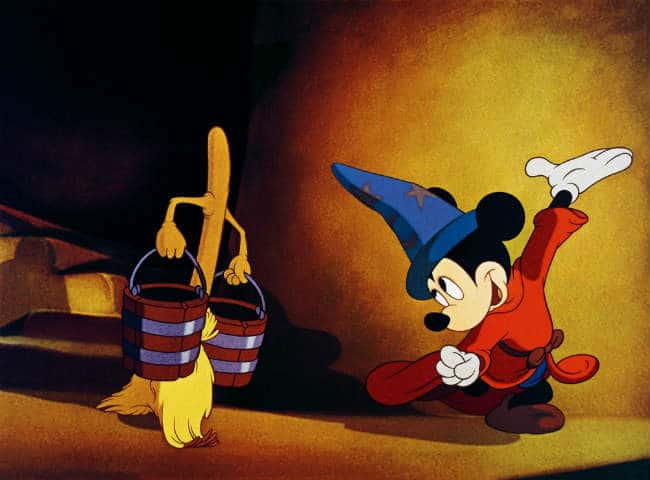
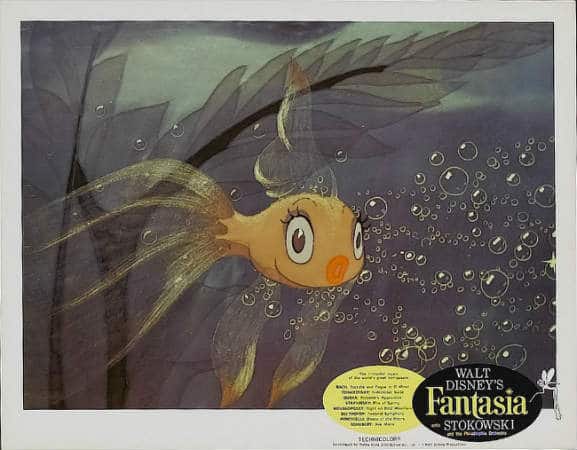
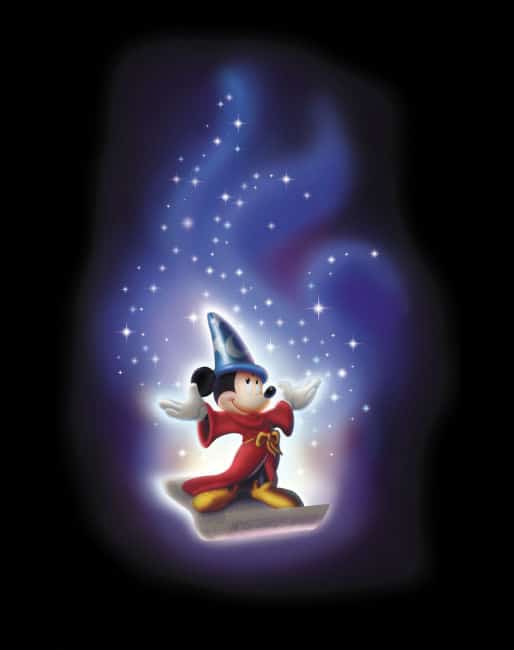
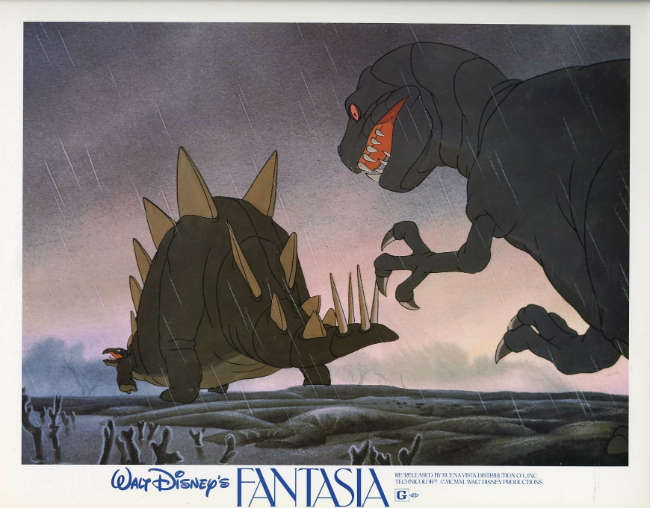
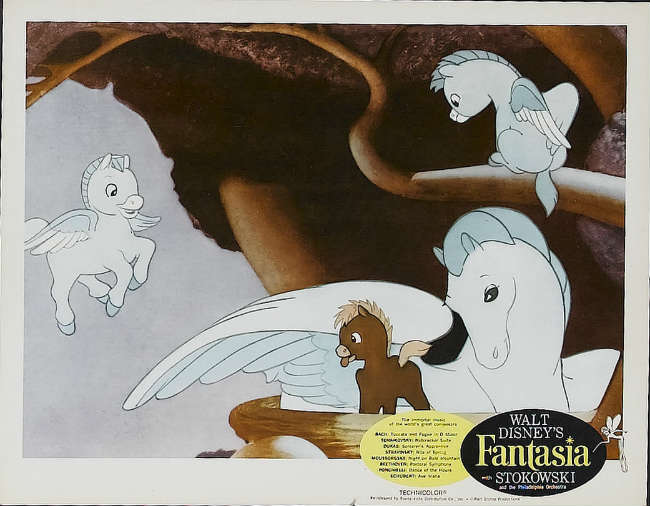
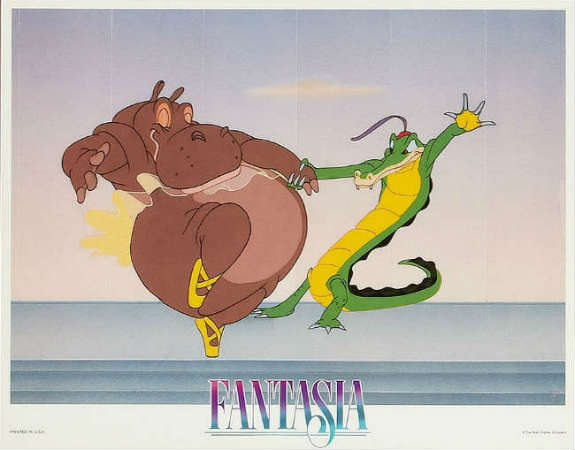
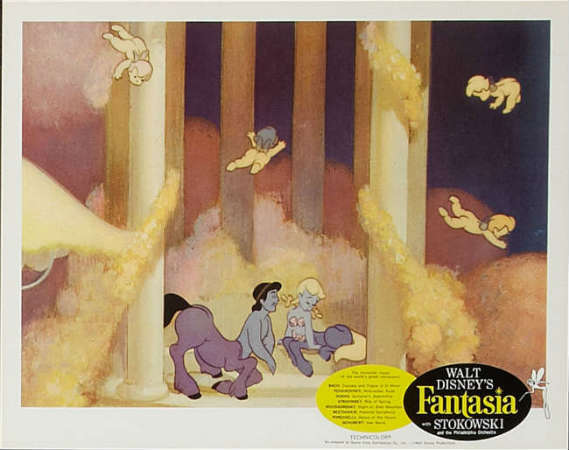
Comments are closed.